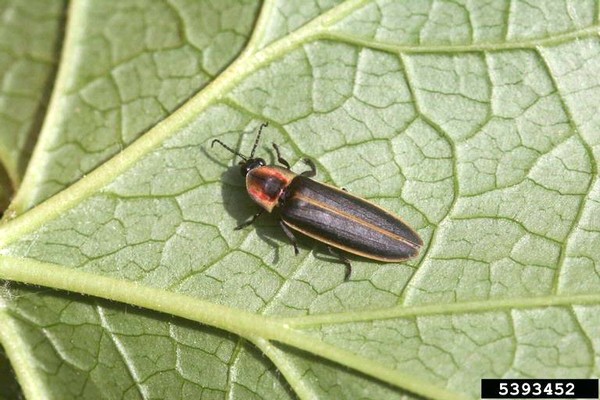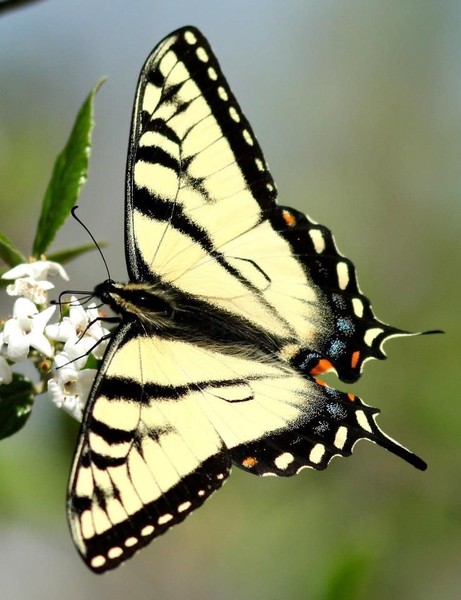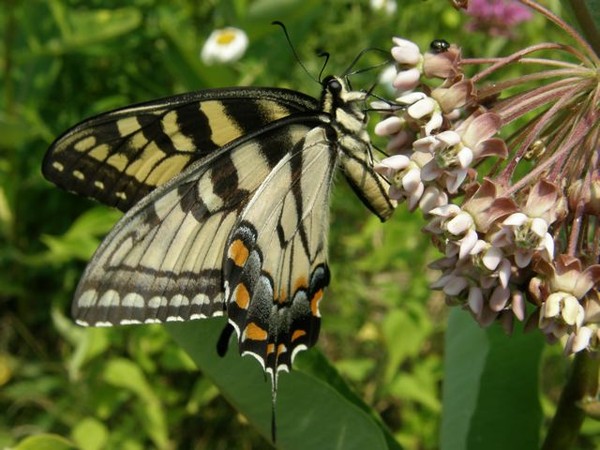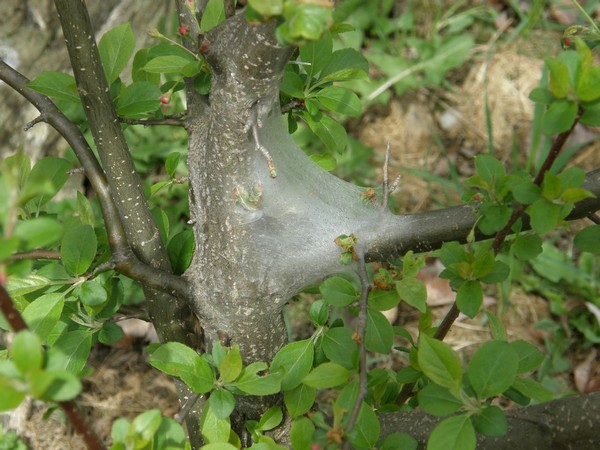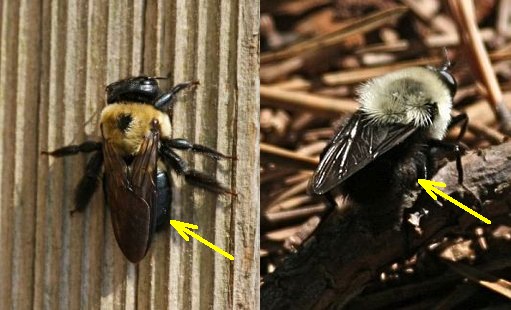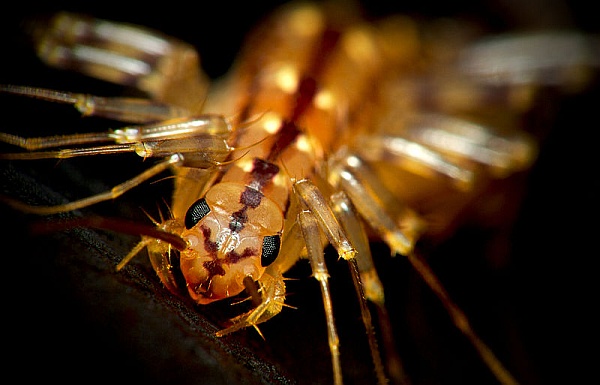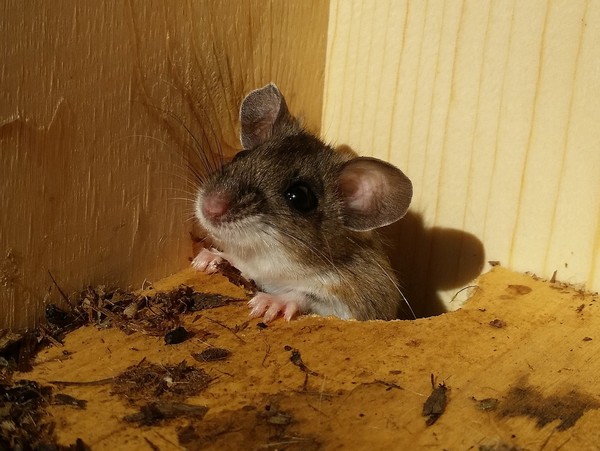
During Phipps Conservatory’s Schenley Park BioBlitz on 11 June 2017, scientists tallied as many species of plants and animals as they could find in only a few hours. One place they looked was in the concrete-edged pond called Panther Hollow Lake. And they found fish!
I’m excited by this discovery because Panther Hollow Lake has a host of challenges including low stream flow, storm water inundation and deep sediment (13 feet of sediment under 2 feet of water!). In hot weather mucky algae floats on the surface and the lake stinks. This will all be corrected as part of the Four Mile Run Watershed Restoration Project but in the meantime, yuk!
Despite these problems, four species of fish were found during the BioBlitz. They are:
* Blue gill (Lepomis macrochirus), a game fish native to eastern North America but introduced around the world.
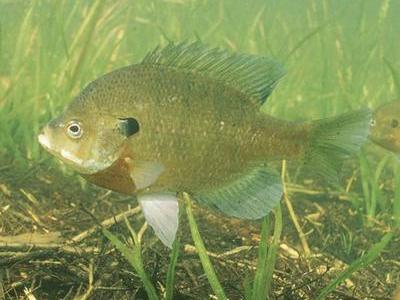
* Pumpkinseed (Lepomis gibbosus), a small fish native to eastern North America.
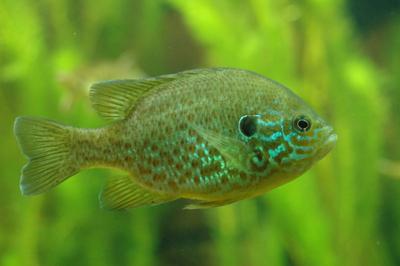
* Yellow bullhead (Ameiurus natalis), a native catfish that tolerates pollution.
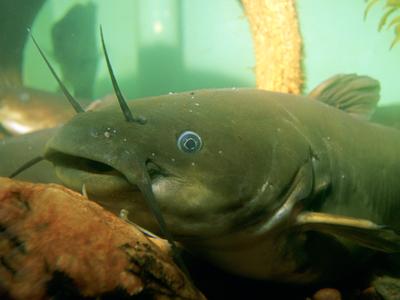
* Goldfish (Carassius auratus), native to east Asia and commonly kept as a pet.
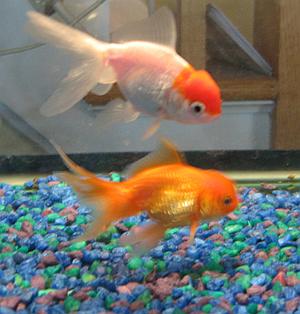
Truth be told, participants at my last Schenley Park outing pointed out a goldfish in the pond. It was orange and white and huge! I can guess where it came from. Years ago someone said, “We can’t keep this fish at home anymore. Let’s release it in the lake.”
Click the link to check out all the species found in Schenley Park during the Phipps 2017 BioBlitz.
(photo of Panther Hollow Lake by Kate St. John. All fish photos from Wikimedia Commons; click on the images to see the originals)
